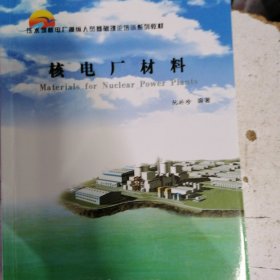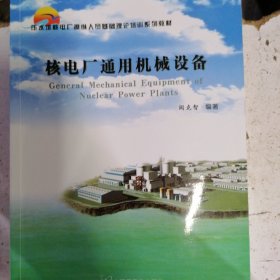
交流与表达(1)
¥ 45 七五品
库存2件
陕西西安
认证卖家担保交易快速发货售后保障
作者牛莉、龚颖、成旻 编
出版社西南交通大学出版社
出版时间2021-01
版次1
装帧平装
上书时间2024-11-22
- 在售商品 暂无
- 平均发货时间 6小时
- 好评率 暂无
- 最新上架
商品详情
- 品相描述:七五品
- 正版二手,完整无缺
- 商品描述
- 此书是西安交通大学少年班规划教材英语交流与表达(1)和(2)两本书。
图书标准信息
- 作者 牛莉、龚颖、成旻 编
- 出版社 西南交通大学出版社
- 出版时间 2021-01
- 版次 1
- ISBN 9787569319996
- 定价 42.00元
- 装帧 平装
- 开本 16开
- 纸张 胶版纸
- 页数 158页
- 字数 99999千字
- 【内容简介】
- 从2012年开始接手少年班的教学工作,我们的教学团队一直在探索适合少年班的英语教学模式,包括课程设置、教学内容、教学方法与手段、评价方式及教材等。2018年我校钱学森学院重新制定了少年班培养方案,我们团队也借此机会对我们的教学模式重新进行了梳理,决定开设两门英语课程:“阅读与写作(Reading and Writing for Academic Study)”和“交流与表达(Communication for Academic Study)”。因此,为这两门课程而编写的两套同名教材应运而生。同时,基于少年班英语课程培养方案的总目标,即“帮助学生完成从通用英语(English for General Purpose,EGP)到学业英语(English for Academic Study,EAS)的过渡,为学生进入大学学习做好语言能力的准备”,我们又将这两套教材的编写内容进行了有机结合,构成了“通往大学”系列(Bridge to College)。
- 【目录】
-
SECTION 1 Being an Active Listener (1)
Module 1 Recognizing Syllables/Stresses in Words
Module 2 Recognizing Weak Form and Strong Form in Sentences
Module 3 Recognizing Sense Groups
Module 4 Recognizing Liaison (1)
Module 5 Recognizing Liaison (2)
Module 6 Recognizing Liaison (3)
Module 7 Recognizing Assimilation
Module 8 Listening for Ideas by Guessing the Meaning in Context
Module 9 Understanding the Meanings of Intonations: Tone Unit
Module 10 Understanding the Meanings of Intonations: Falling Tone
Module 11 Understanding the Meanings of Intonations: Rising Tone
Module 12 Understanding the Meanings of Intonations: Falling-Rising Tone
Module 13 Understanding the Emotions by Recognizing Intonations
Module 14 Raising Good Listening Habits: Listening for Ideas by Anticipating BEFORE Listening
Module 15 Raising Good Listening Habits: Listening for Ideas by Anticipating IN Listening
SECTION 2 Being an Active Listener (2)
Module 16 Knowing Effective Strategies for Taking Notes
Module 17 Taking Notes by Recognizing Narration
Module 18 Taking Notes by Recognizing Description
Module 19 Taking Notes by Recognizing Extended Definition
Module 20 Taking Notes by Recognizing Classification
Module 21 Taking Notes by Recognizing Process
Module 22 Taking Notes by Recognizing Comparison and Contrast
Module 23 Taking Notes by Recognizing Cause and Effect
Module 24 Taking Notes by Recognizing Problem-Solution
APPENDIX
Appendix 1 Note-Taking Symbols & Abbreviations (1)
Appendix 2 Note-Taking Symbols & Abbreviations (2)
Appendix 3 Note-Taking Symbols & Abbreviations (3)
List of Sources
点击展开
点击收起
相关推荐
— 没有更多了 —






















以下为对购买帮助不大的评价